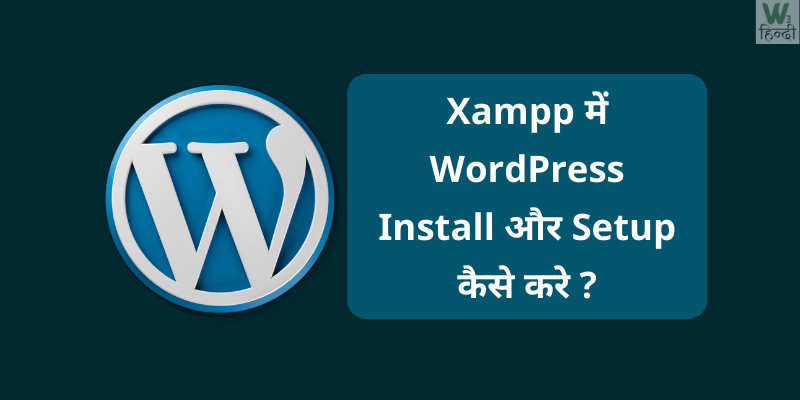Understanding the differences between secured and unsecured loans is crucial when considering borrowing options in the USA. Here’s a comprehensive guide to help you navigate these types of loans:
Secured Loans:
- Definition: Secured loans are backed by collateral, which is an asset that you pledge as security for the loan. If you fail to repay the loan according to the terms, the lender has the right to seize the collateral to recover the amount owed.
- Types of Collateral: Common types of collateral used for secured loans include real estate (such as a home or property), vehicles (such as a car or boat), savings accounts, or other valuable assets.
- Lower Interest Rates: Secured loans typically come with lower interest rates compared to unsecured loans because they pose less risk to the lender. The presence of collateral reduces the lender’s risk of loss in case of default.
- Higher Loan Amounts: Since secured loans are backed by collateral, lenders are often willing to offer higher loan amounts compared to unsecured loans. This makes secured loans ideal for large purchases or financing needs.
- Longer Repayment Terms: Secured loans may have longer repayment terms, allowing borrowers to spread out their payments over a longer period, which can result in lower monthly payments.
- Examples of Secured Loans: Common examples of secured loans include mortgage loans (secured by real estate), auto loans (secured by vehicles), and secured personal loans (secured by savings accounts or other assets).
Unsecured Loans:
- Definition: Unsecured loans do not require collateral. Instead, lenders approve these loans based on the borrower’s creditworthiness, income, and other factors.
- No Collateral Requirement: Unsecured loans do not require collateral, making them accessible to borrowers who may not have valuable assets to pledge as security.
- Higher Interest Rates: Since unsecured loans are not backed by collateral, they pose a higher risk to lenders. As a result, unsecured loans typically come with higher interest rates compared to secured loans.
- Lower Loan Amounts: Unsecured loans generally offer lower loan amounts compared to secured loans. This is because lenders rely solely on the borrower’s creditworthiness and income to determine the loan amount.
- Shorter Repayment Terms: Unsecured loans often have shorter repayment terms compared to secured loans, meaning borrowers may need to repay the loan within a shorter period.
- Examples of Unsecured Loans: Common examples of unsecured loans include personal loans, credit cards, student loans (in some cases), and certain types of business loans.
Factors to Consider:
- Credit Score: Your credit score plays a significant role in determining your eligibility for both secured and unsecured loans. A higher credit score may qualify you for better terms and lower interest rates.
- Risk Tolerance: Consider your risk tolerance and financial situation when choosing between secured and unsecured loans. Secured loans may offer lower interest rates but require collateral, while unsecured loans do not require collateral but may come with higher interest rates.
- Purpose of the Loan: Consider the purpose of the loan when deciding between secured and unsecured options. For example, if you’re purchasing a home or a car, a secured loan may be more appropriate. However, for smaller purchases or short-term financing needs, an unsecured loan may be sufficient.
- Repayment Ability: Evaluate your ability to repay the loan based on your income, expenses, and other financial obligations. Choose a loan with repayment terms that fit your budget and financial goals.
- Impact on Credit Score: Keep in mind that both timely repayments and defaults on loans can impact your credit score. Make sure you understand the potential consequences before taking out a loan.
By understanding the differences between secured and unsecured loans and considering your financial needs and circumstances, you can make an informed decision when borrowing money in the USA. It’s always advisable to shop around and compare offers from multiple lenders to find the best loan terms and rates for your situation

